Home>Gardening & Outdoor>Plant Care & Gardening Tips>How To Make A Wildflower Bouquet
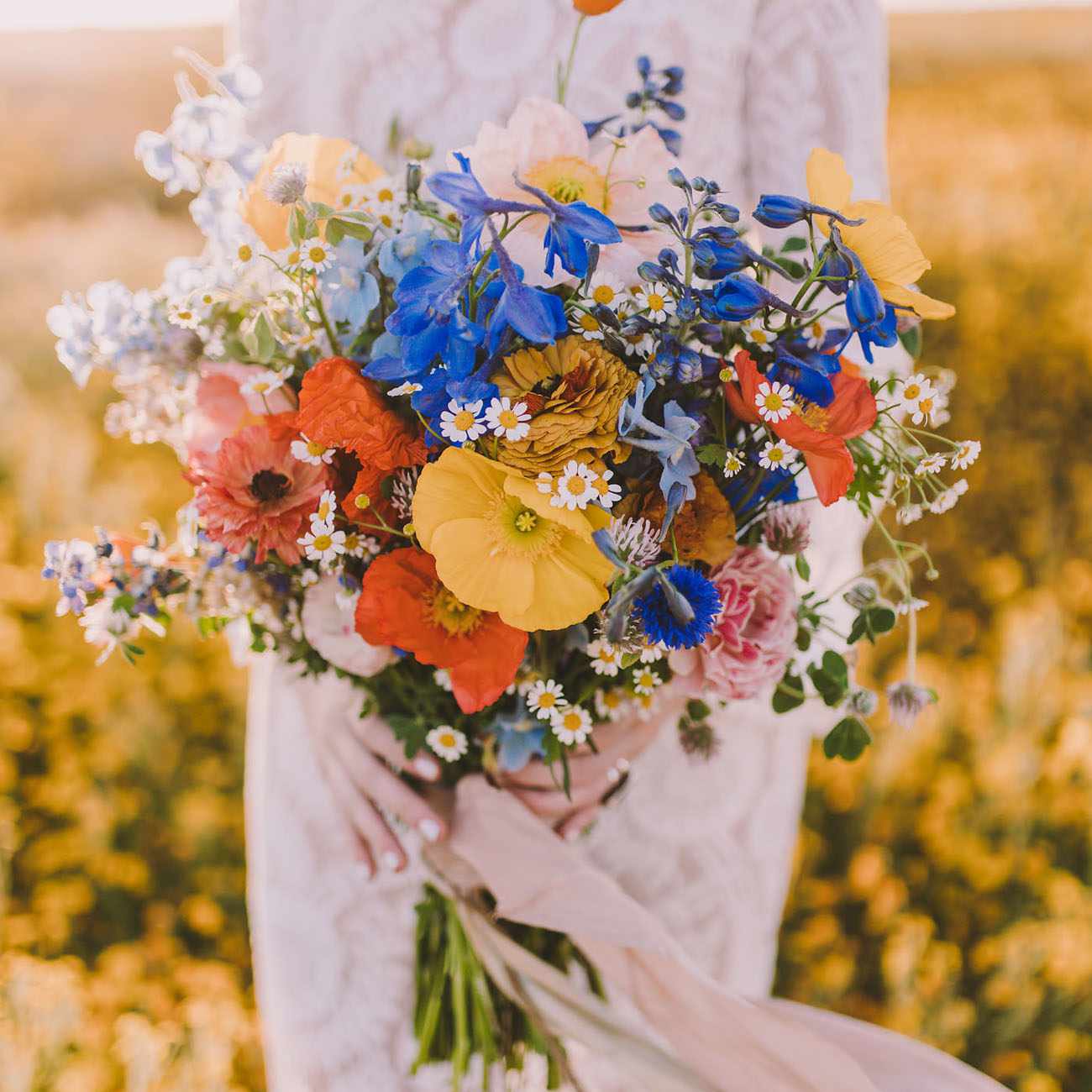

Plant Care & Gardening Tips
How To Make A Wildflower Bouquet
Modified: January 6, 2024
Learn how to create a stunning wildflower bouquet with our expert plant care and gardening tips. Gather your favorite blooms and create a beautiful arrangement today!
(Many of the links in this article redirect to a specific reviewed product. Your purchase of these products through affiliate links helps to generate commission for Storables.com, at no extra cost. Learn more)
Introduction
Creating a wildflower bouquet is a delightful way to bring the beauty of nature indoors. Whether you're gathering blooms from your garden or foraging in the countryside, the process of crafting a wildflower bouquet is a rewarding and creative endeavor. Wildflowers exude a charming, rustic allure, making them perfect for adorning your home, brightening up a special occasion, or surprising a loved one with a thoughtful gift.
In this comprehensive guide, we'll explore the enchanting world of wildflower bouquets, from gathering supplies to arranging and securing your blooms. By following these simple steps, you'll learn how to create a stunning bouquet that captures the essence of the outdoors, allowing you to showcase the natural splendor of wildflowers in a captivating display.
So, let's embark on this floral adventure and discover the joy of crafting a captivating wildflower bouquet that will bring a touch of nature's beauty into your life.
Key Takeaways:
- Embrace the natural beauty of wildflowers by carefully selecting, preparing, and arranging them to create a stunning bouquet that captures the essence of the outdoors.
- Crafting a wildflower bouquet is a joyful and creative way to bring the charm and vibrancy of nature into your home, adding a touch of rustic allure to any occasion.
Read more: How To Make A Wildflower Bridal Bouquet
Step 1: Gather Your Supplies
Before diving into the delightful task of creating a wildflower bouquet, it’s essential to gather the necessary supplies. Here’s what you’ll need to get started:
- Pruning Shears: A pair of sharp pruning shears is indispensable for cleanly cutting the flower stems, ensuring they can readily absorb water.
- Vase or Container: Select a vase or container that complements the natural charm of wildflowers. Consider the size and shape based on the bouquet you intend to create.
- Water: Fill the vase with fresh, clean water to keep your wildflowers hydrated and vibrant.
- Flower Food (Optional): If available, flower food can help prolong the life of your bouquet by providing essential nutrients to the blooms.
- Optional Embellishments: Consider adding decorative elements such as ribbon, twine, or a personalized tag to enhance the visual appeal of your bouquet.
By ensuring you have these supplies on hand, you’ll be well-prepared to embark on your wildflower bouquet crafting journey. Once you’ve gathered your materials, it’s time to move on to the next step: choosing your wildflowers.
Step 2: Choose Your Wildflowers
When it comes to selecting wildflowers for your bouquet, the possibilities are as vast and diverse as the natural world itself. Whether you’re strolling through a meadow, exploring a woodland, or gathering blooms from your garden, the key is to embrace the untamed beauty of wildflowers. Here are some tips to help you choose the perfect blooms for your bouquet:
- Consider the Season: Take note of the season and the wildflowers that are in bloom during that time. Spring may offer an abundance of daisies, tulips, and violets, while summer brings forth cheerful sunflowers, daisies, and black-eyed Susans. In autumn, you might find asters, goldenrods, and vibrant leaves to add a touch of warmth to your bouquet. Winter may present opportunities to incorporate evergreen branches, holly, or dried seed heads for a rustic charm.
- Embrace Variety: Opt for a diverse selection of wildflowers to add texture, color, and visual interest to your bouquet. Mix and match different shapes, sizes, and hues to create a captivating arrangement that reflects the natural splendor of the outdoors.
- Consider the Setting: Think about where the bouquet will be displayed. Are you creating it for a special event, such as a wedding or a cozy dinner at home? Tailor your flower choices to suit the ambiance and style of the occasion.
- Be Mindful of Fragrance: Some wildflowers boast delightful scents that can fill a room with their sweet perfume. If fragrance is important to you, consider incorporating flowers such as lavender, jasmine, or sweet peas into your bouquet.
By keeping these considerations in mind, you can curate a collection of wildflowers that harmonize beautifully to form a stunning bouquet. Once you’ve chosen your blooms, it’s time to move on to the next step: preparing the flowers for arranging.
Step 3: Prepare the Flowers
Before diving into the art of arranging your wildflower bouquet, it’s crucial to prepare the flowers to ensure they remain fresh and vibrant for as long as possible. Follow these steps to ready your blooms for their stunning debut:
- Harvest with Care: When gathering wildflowers, handle them gently to prevent damage to delicate petals and stems. Use sharp pruning shears to make clean cuts at an angle, allowing the flowers to absorb water more effectively.
- Remove Excess Foliage: Strip away any leaves that will be submerged in water once the flowers are arranged in the vase. This helps prevent bacterial growth and keeps the water clean.
- Hydrate the Stems: Upon bringing the wildflowers indoors, place the stems in a container of lukewarm water. Allow them to hydrate for a few hours or overnight, enabling the blooms to become turgid and perky.
- Trim the Stems: Before arranging the bouquet, trim the stems at an angle, removing any foliage that will be below the waterline in the vase. This promotes optimal water uptake and ensures the longevity of your blooms.
- Optional Conditioning: For certain wildflowers, such as woody stems or those with milky sap, consider searing the ends of the stems in hot water or carefully singeing them with a flame to enhance water absorption and prolong their freshness.
By taking the time to prepare your wildflowers with these thoughtful steps, you’re setting the stage for a breathtaking bouquet that will grace your home with natural beauty. With your blooms prepped and ready, it’s time to move on to the next step: arranging the bouquet.
When making a wildflower bouquet, choose a variety of flowers with different shapes, sizes, and colors. Include some filler greenery to add texture and volume. Cut the stems at an angle and change the water every few days to keep the bouquet fresh.
Step 4: Arrange the Bouquet
Arranging a wildflower bouquet is an artful endeavor that allows you to showcase the natural beauty of your blooms in a captivating composition. Whether you prefer a loose, organic arrangement or a more structured display, the following tips will guide you through the process of creating a stunning bouquet:
- Start with a focal point: Select one or two standout flowers to serve as the focal point of your bouquet. These blooms will anchor the arrangement and capture attention.
- Build around the focal point: Gradually add complementary flowers, foliage, and filler blooms around the focal flowers, creating a balanced and harmonious composition. Vary the heights and angles of the stems to add depth and visual interest.
- Embrace asymmetry: Wildflower bouquets often exude a charmingly asymmetrical allure. Allow the natural shapes and curves of the blooms to guide your arrangement, creating a relaxed and organic look.
- Consider color and texture: Play with contrasting colors, shapes, and textures to infuse your bouquet with visual intrigue. Mix delicate blooms with feathery foliage and bold accents to create a captivating display.
- Step back and assess: As you arrange the bouquet, periodically step back and observe the overall composition. Make adjustments as needed to achieve the desired look and balance.
By following these guidelines, you can artfully arrange your wildflowers to create a captivating bouquet that reflects the untamed beauty of the natural world. Once your blooms are elegantly arranged, it’s time to move on to the next step: securing the bouquet.
Read more: How To Make A Greenery Bridal Bouquet
Step 5: Secure the Bouquet
After artfully arranging your wildflowers, it’s essential to secure the bouquet to ensure that the blooms remain in place and maintain their stunning display. Whether you opt for a simple, rustic tie or a decorative ribbon, securing the bouquet is a delightful finishing touch. Here are some methods to consider:
- Natural Twine or Raffia: Embrace the organic charm of wildflowers by using natural twine or raffia to secure the stems. Wrap the twine around the bouquet several times and tie it in a simple knot or a bow for a rustic, understated look.
- Ribbon Elegance: For a more polished and decorative touch, select a ribbon in a complementary color or pattern. Wrap the ribbon around the stems, securing it with a bow or a knot. Consider leaving the ends of the ribbon long for an elegant cascade.
- Adorn with Lace: Infuse your bouquet with a touch of vintage charm by using delicate lace to secure the stems. Wrap the lace around the bouquet and tie it in a bow, allowing the intricate patterns to add a whimsical allure.
- Personalized Embellishments: Consider adding a personalized touch to your bouquet by attaching a meaningful trinket, a locket, or a decorative charm to the ribbon or twine, infusing the bouquet with sentimental value.
By securing your wildflower bouquet with care and creativity, you can add a delightful flourish to your creation, enhancing its visual appeal and personal significance. With the bouquet elegantly secured, it’s time to move on to the final step: trimming the stems.
Step 6: Trim the Stems
Trimming the stems of your wildflower bouquet is the final step in the crafting process, ensuring that the blooms are poised to thrive in their new indoor setting. By following these simple guidelines, you can prepare your bouquet for display while promoting the longevity of the flowers:
- Even Stems: Place the bouquet on a flat surface and trim the stems to ensure they are of uniform length. This not only creates a polished appearance but also facilitates even water uptake for all the flowers.
- Angled Cuts: Trim the stems at a 45-degree angle to maximize the surface area for water absorption. This simple technique promotes hydration and keeps the blooms looking fresh.
- Remove Excess Foliage: Trim away any remaining foliage that may be submerged in the water, maintaining a clean and tidy appearance for your bouquet.
- Hydrate Immediately: Once the stems are trimmed, place the bouquet in the prepared vase filled with fresh water. Ensure that the water level covers the freshly cut stems to sustain the blooms.
By carefully trimming the stems of your wildflower bouquet, you’re setting the stage for a stunning display that will grace your home with natural beauty. With the bouquet elegantly arranged and prepared for display, you can now revel in the enchanting allure of your handcrafted creation.
Conclusion
Congratulations on embarking on the delightful journey of creating a wildflower bouquet! By following the steps outlined in this guide, you’ve ventured into the captivating realm of floral artistry, allowing the untamed beauty of wildflowers to grace your home in a stunning display. As you revel in the joy of your handcrafted bouquet, consider the following sentiments:
Embracing the natural splendor of wildflowers offers a profound connection to the outdoors, infusing your living space with the charm and vibrancy of the natural world. Each bloom in your bouquet tells a story of the meadows, woodlands, and gardens from which they were gathered, encapsulating the essence of the seasons and the ever-changing tapestry of nature.
Moreover, the act of creating a wildflower bouquet is a celebration of creativity and mindfulness. It invites you to slow down, appreciate the simple pleasures of foraging for blooms, and immerse yourself in the art of arranging and adorning. The process itself is a testament to the beauty of imperfection, as wildflowers exude a rustic allure that captivates with their effortless charm.
As your wildflower bouquet graces your home, it serves as a reminder to embrace the fleeting beauty of each bloom, to savor the ephemeral moments, and to find joy in the simple act of bringing nature indoors. Whether adorning your dining table, brightening a room, or delighting a loved one, your handcrafted bouquet is a testament to the timeless allure of wildflowers.
So, as you bask in the enchanting presence of your wildflower bouquet, may it inspire you to seek beauty in the untamed, to cherish the art of creating, and to find moments of tranquility in the ever-changing tapestry of nature.
Here’s to the enduring charm of wildflowers and the joy of bringing their natural splendor into your life.
Frequently Asked Questions about How To Make A Wildflower Bouquet
Was this page helpful?
At Storables.com, we guarantee accurate and reliable information. Our content, validated by Expert Board Contributors, is crafted following stringent Editorial Policies. We're committed to providing you with well-researched, expert-backed insights for all your informational needs.
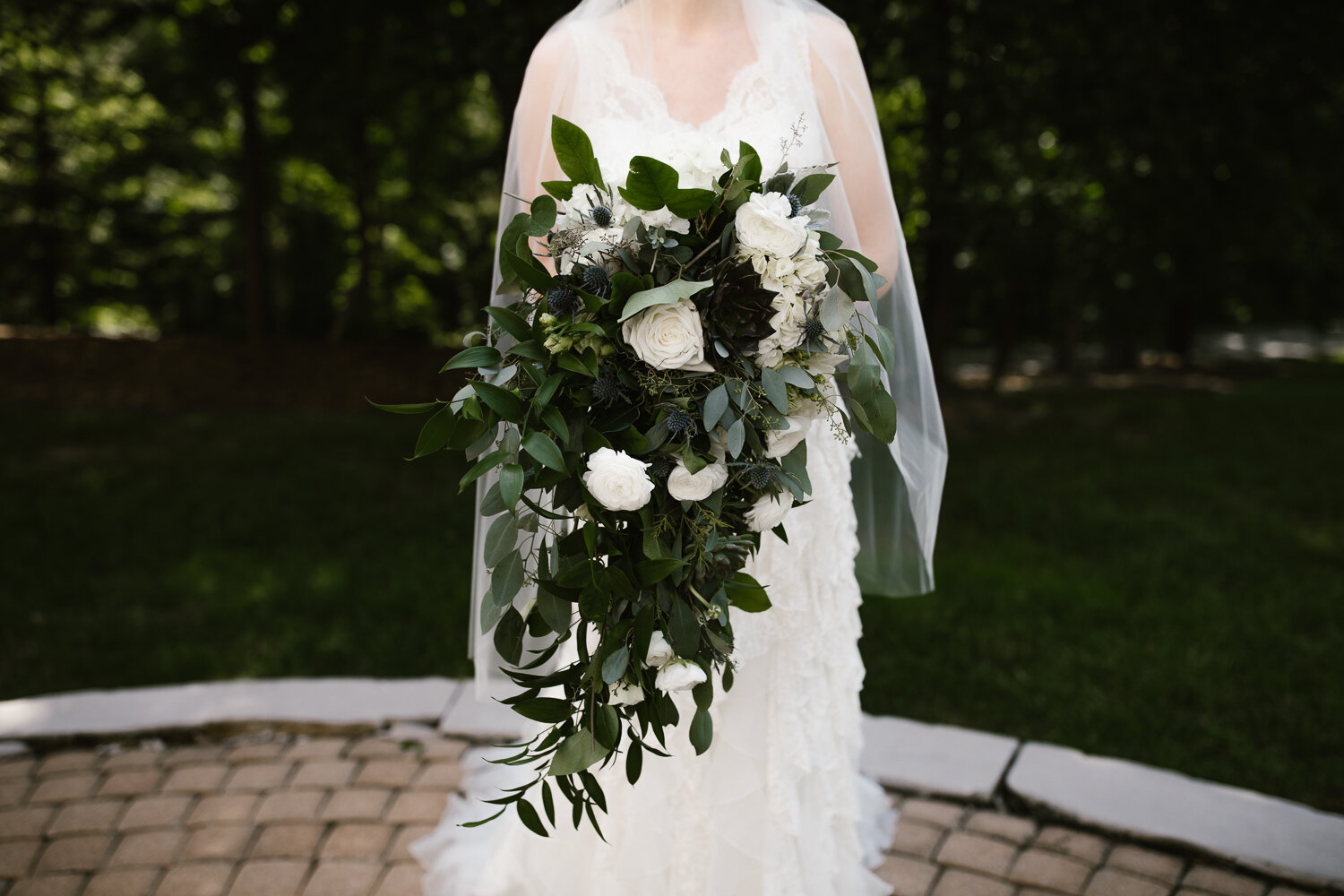

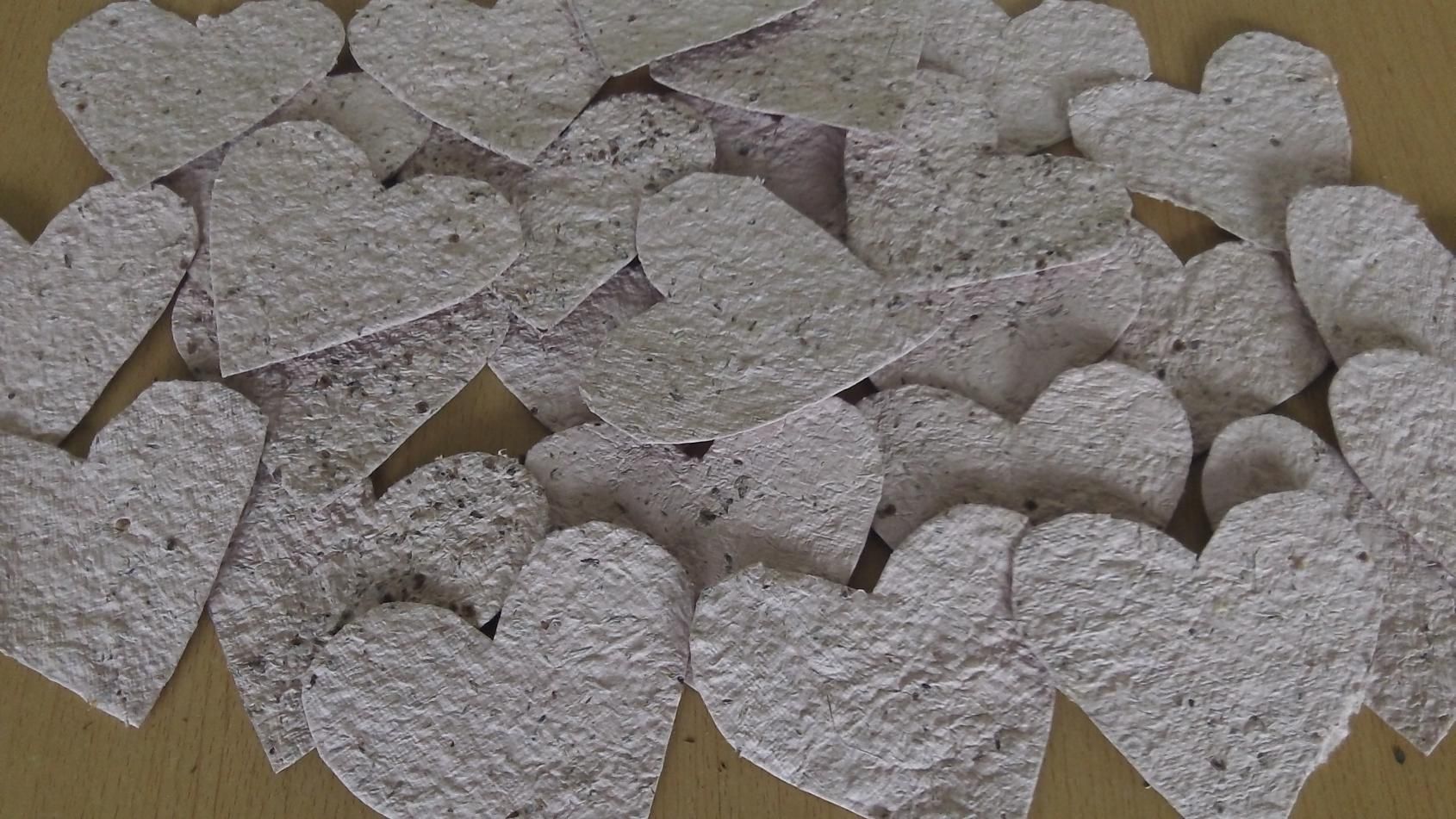

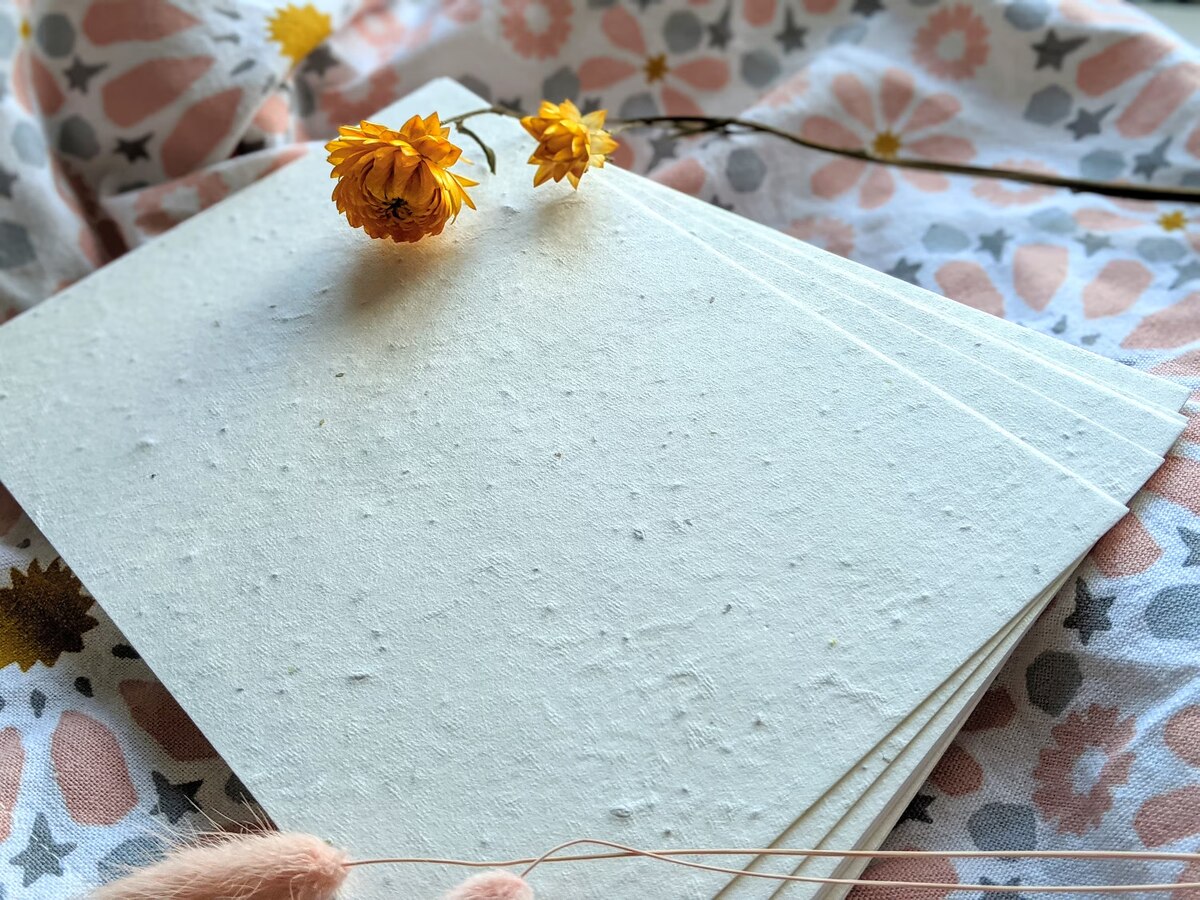
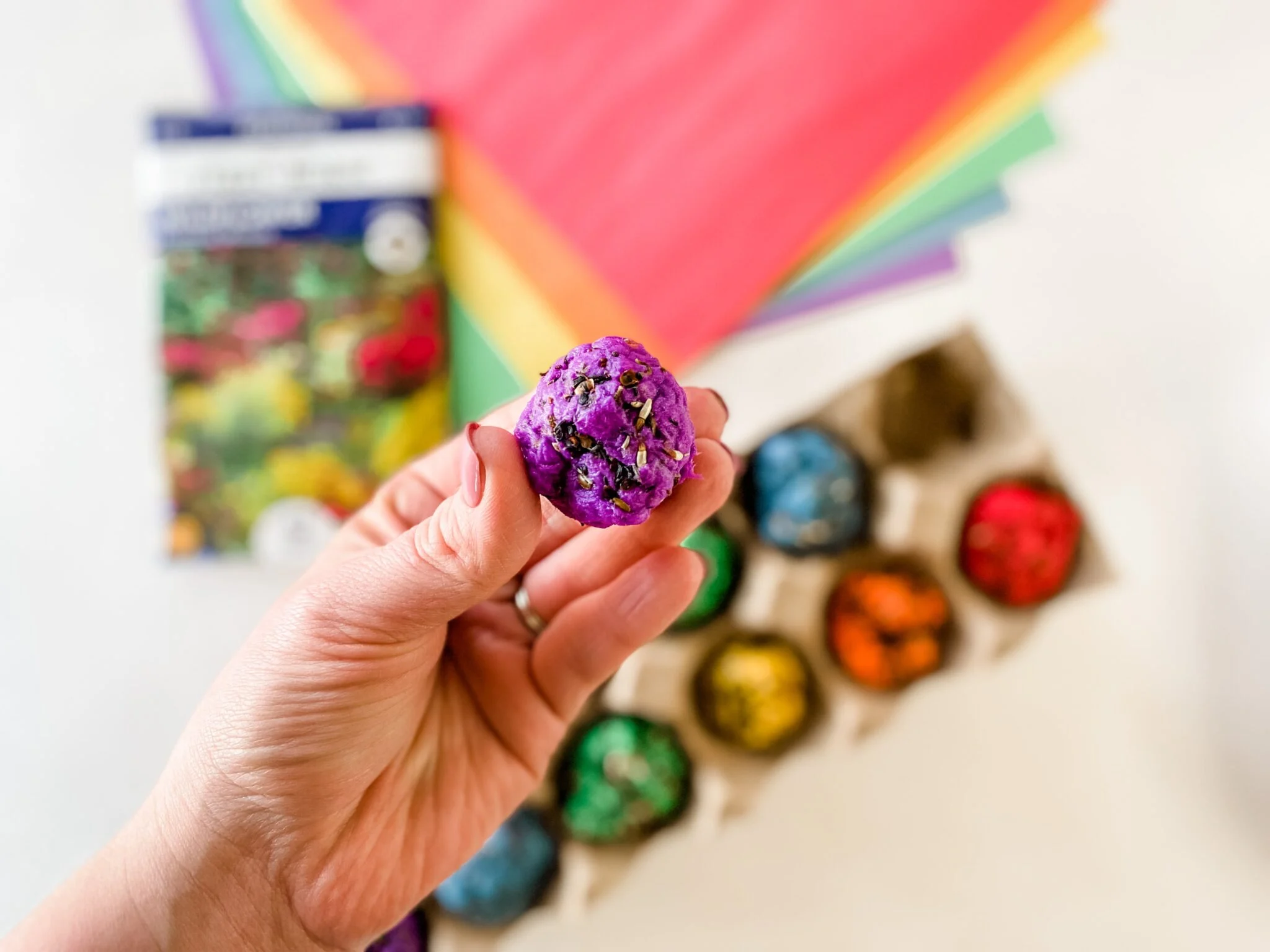
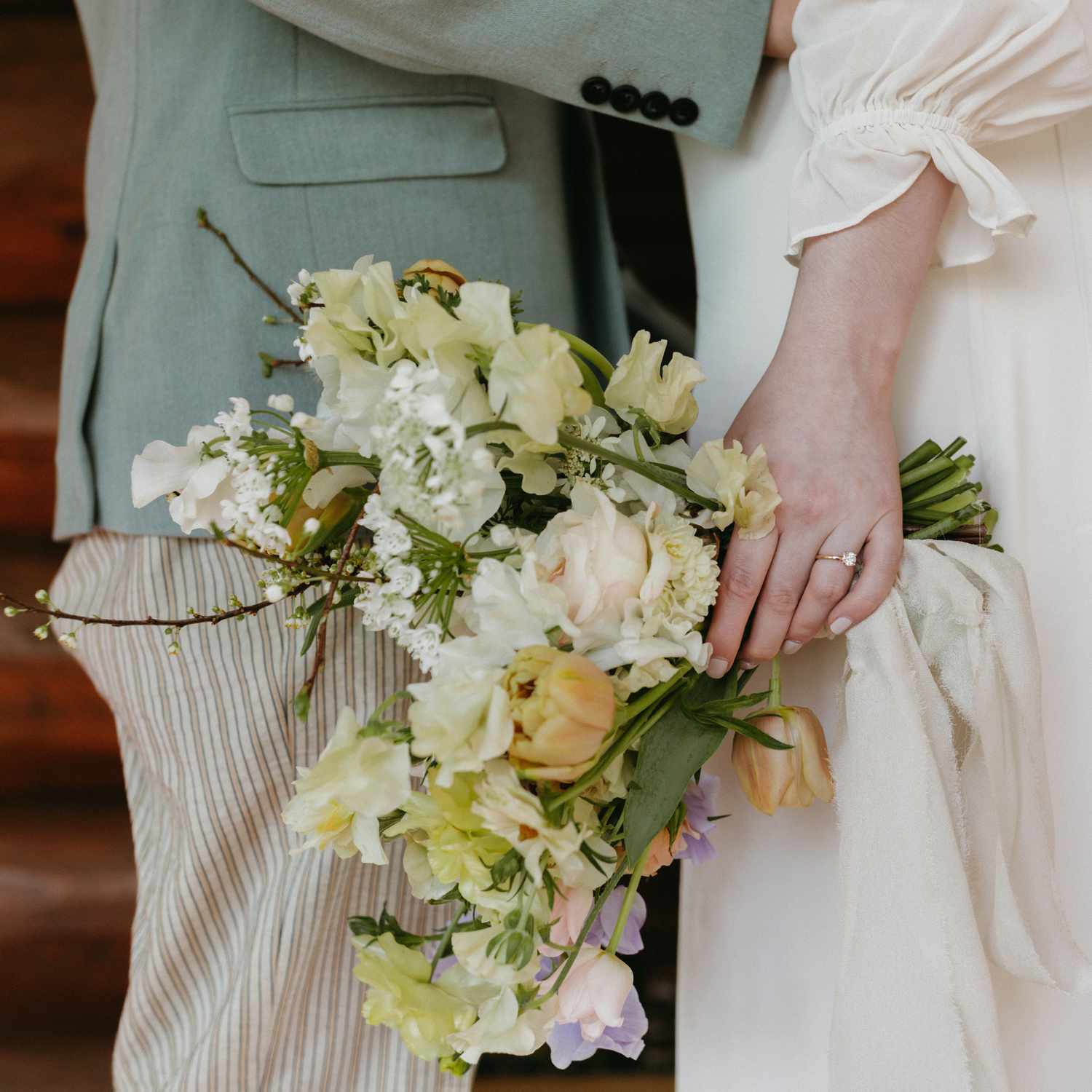
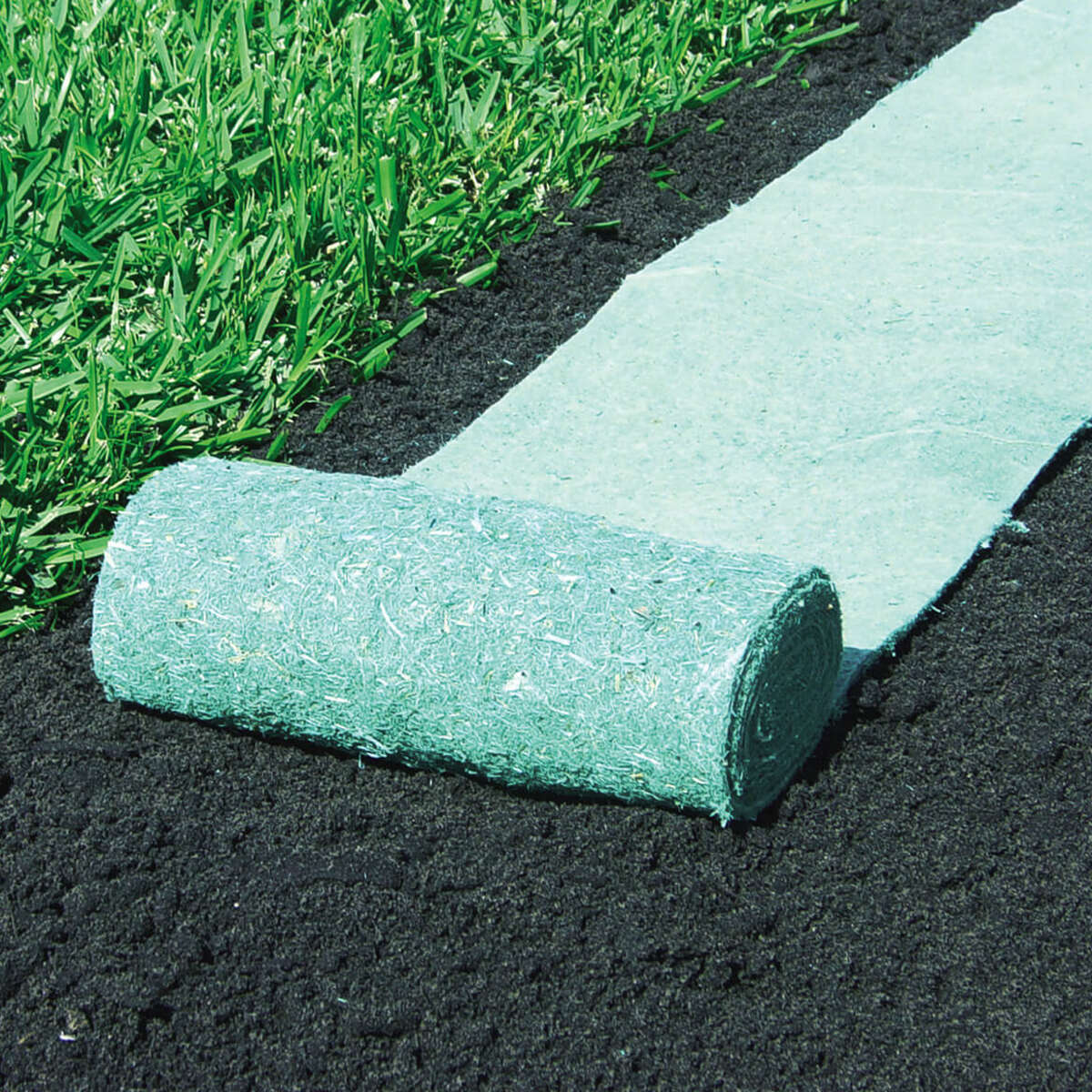
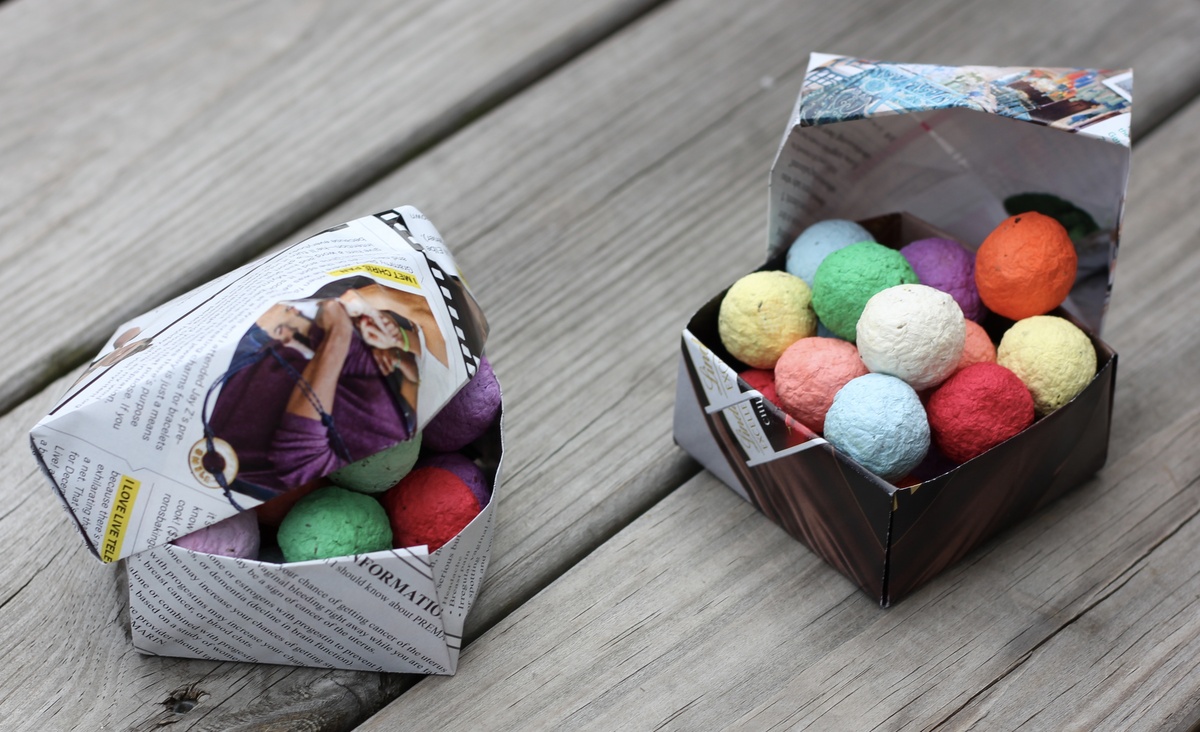
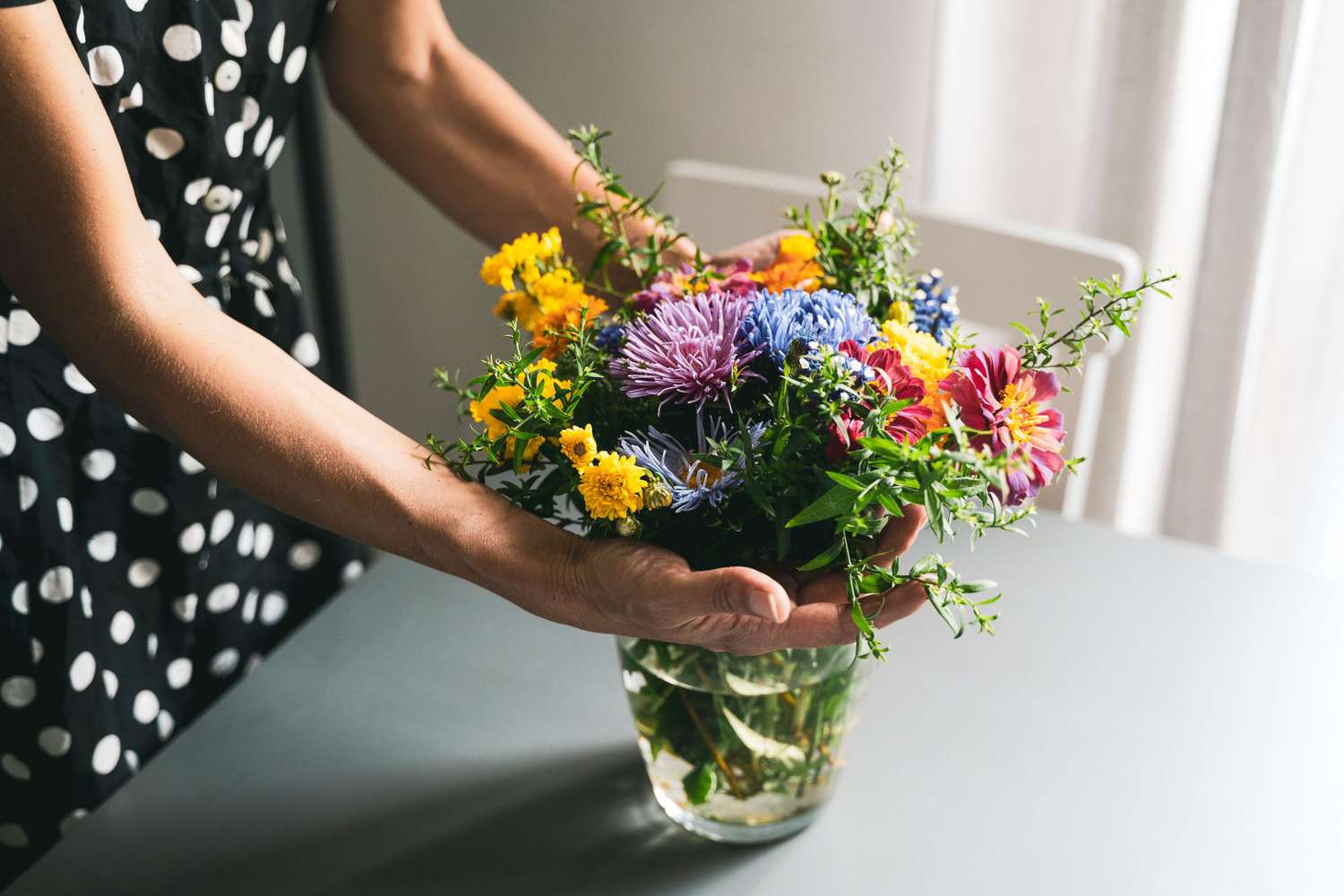
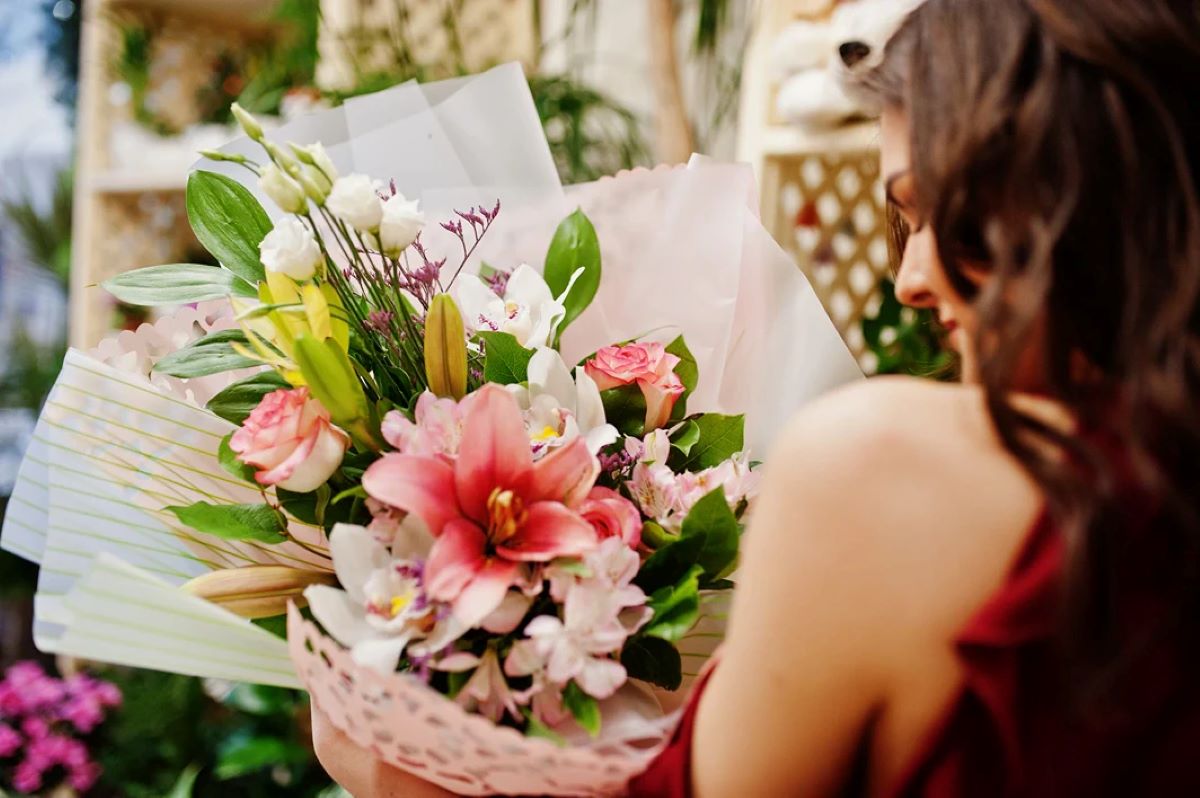
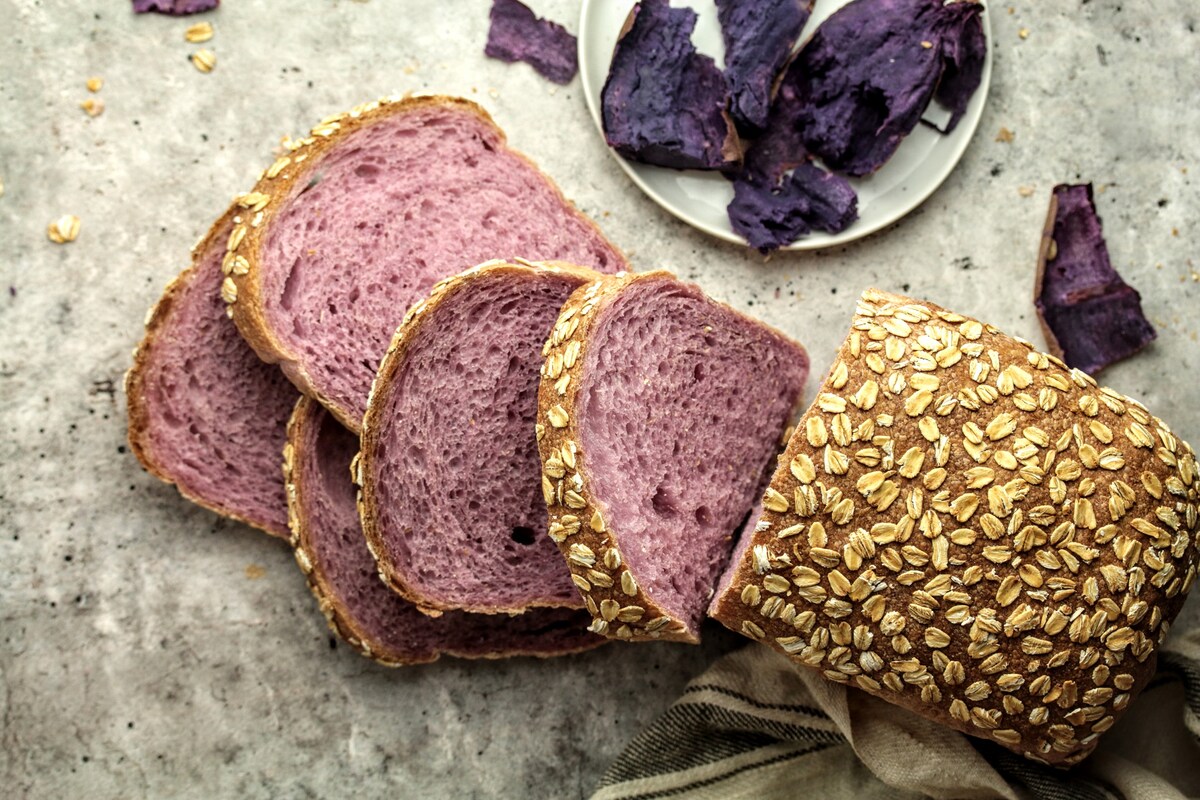
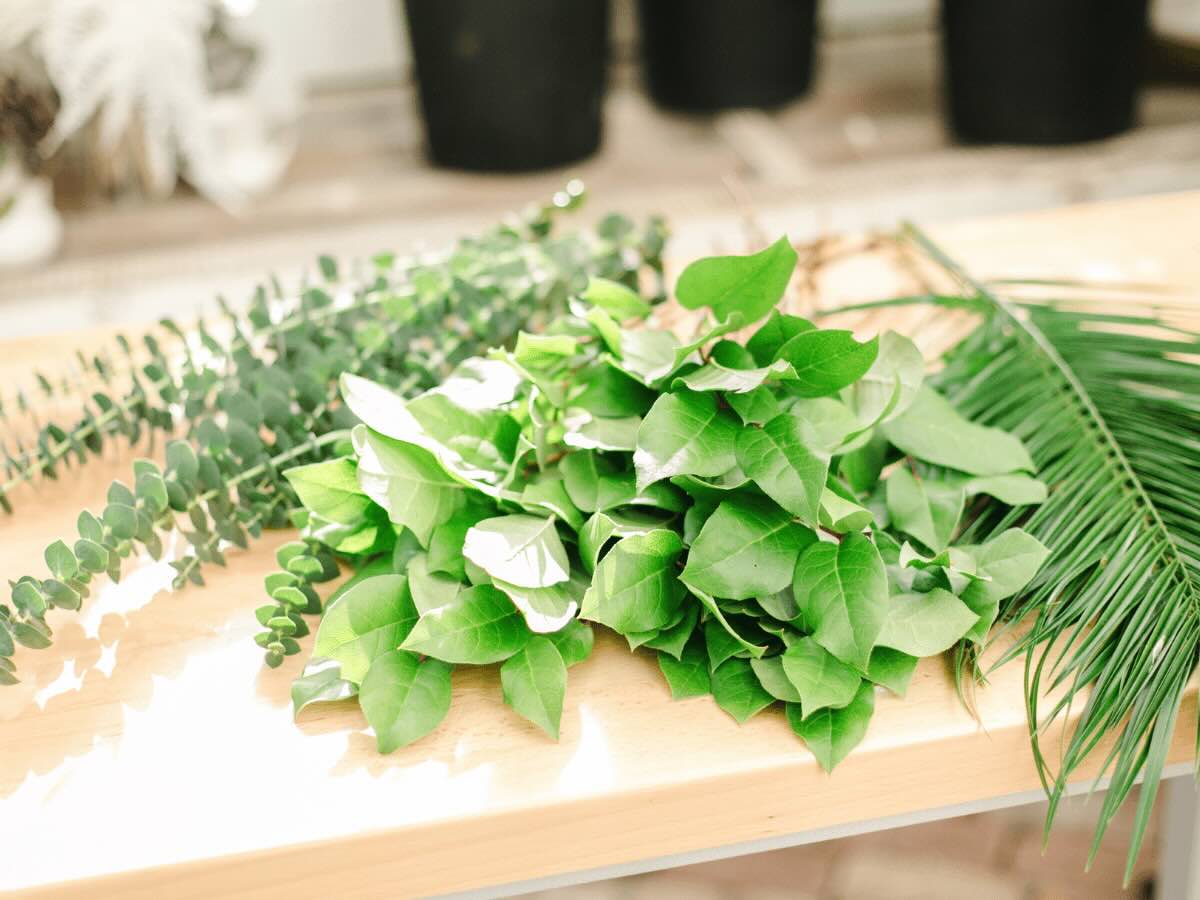
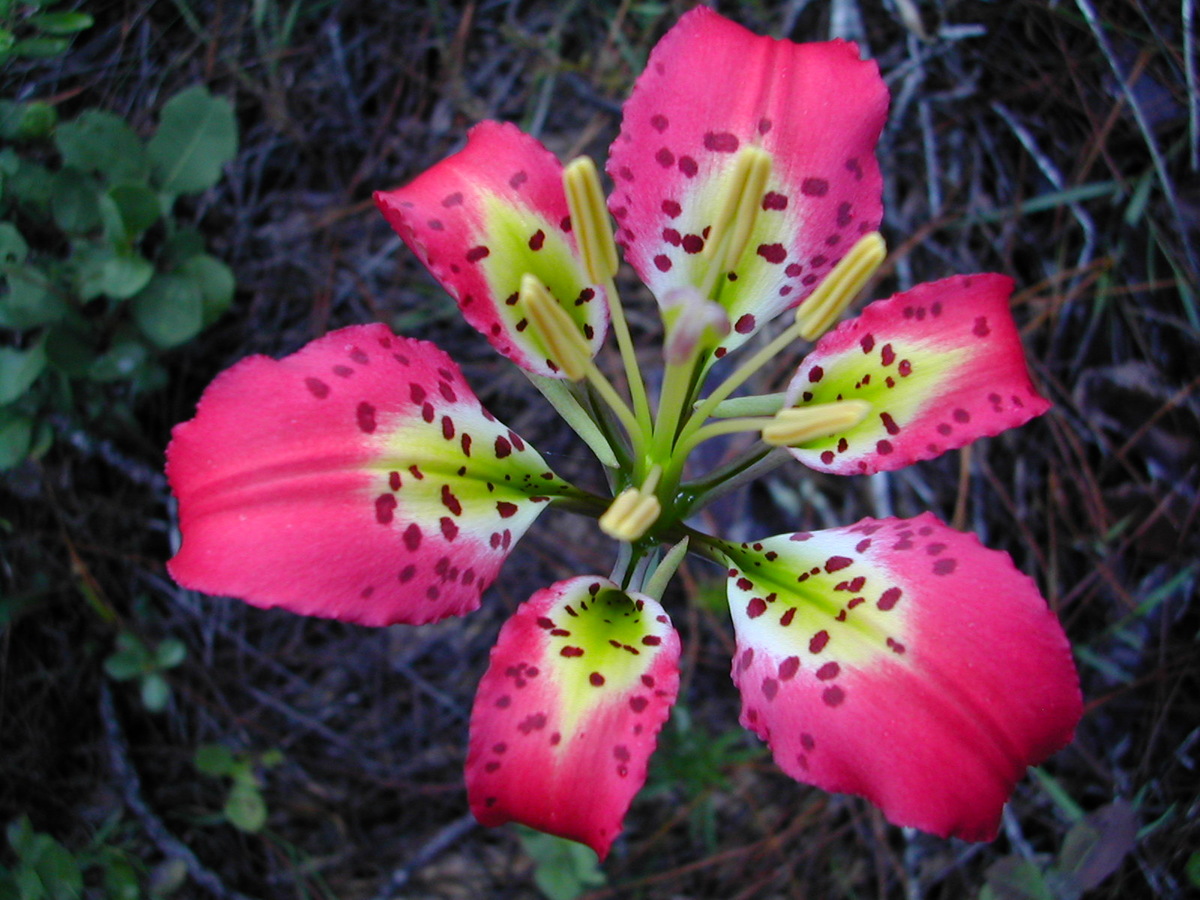

0 thoughts on “How To Make A Wildflower Bouquet”